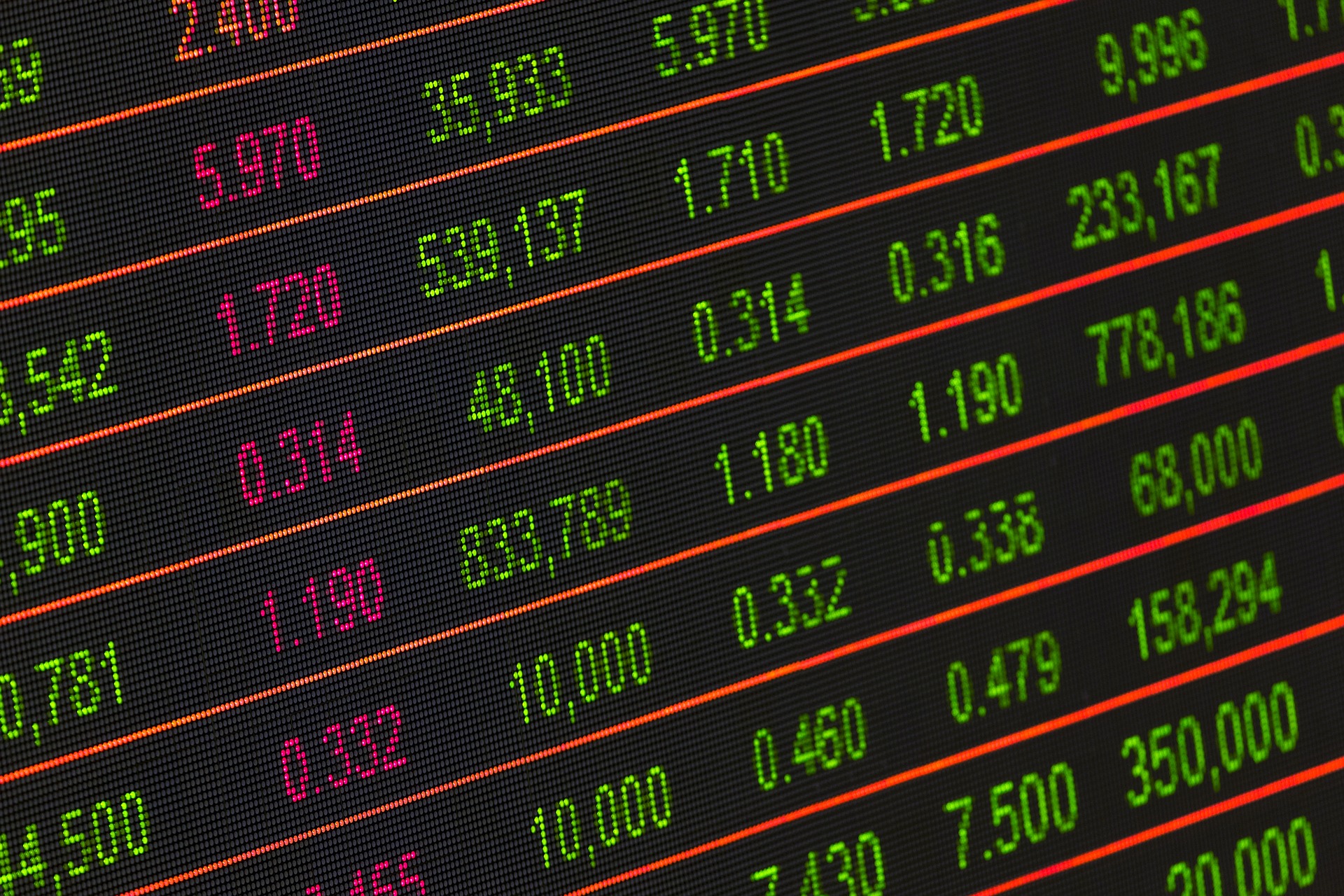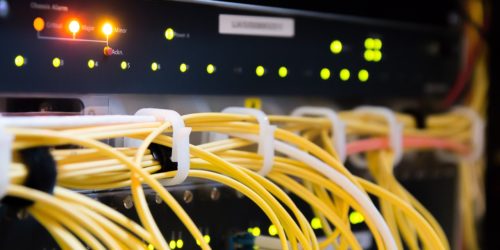It’s almost like the Baker family (not the one from Resident Evil 7 but the one owning 31% of FRP Holdings, Inc.) blindly followed advice from the recently deceased American investment adviser Martin J. Whitman on what’s more common source of wealth, resource conversion or earnings growth (the first one being the answer).
Nevertheless, they are enjoying the fruits of labor, at least according to the post published on Walnut Ave Value blog discussing the ways FRP Holdings ($FRPH) is trying to enter the “big game.” When we add to equation sale of businesses and their spinoff companies, the result is enhanced value – in July 2016 the company’s stock price was $39 per share compared to $58 per share in April 2018. Like TV spinoffs that were way more popular than the original, the same ‘rule’ can be applied to the Florida Rock Industries and its spinoffs.
So, how exactly FRPH put value in action and should investors take action given the fact that the Bakers don’t promote the stock to much, but they did create significant value over the years? Considering their latest announcement regarding the sale of industrial warehouse assets to Blackstone for $359million, let’s check out what’s their recipe for success.

We’ll start from the beginning – although FRP Holdings was formed 32 years ago from the spin-off of transportation and real estate businesses from Florida Rock Industries, the things got serious only in 2007 when Florida Rock, a construction material company that’s mining aggregates and produces cement and concrete products was sold to Vulcan Materials for $4.6 billion. Eight years later, FRP’s transportation segment was spun off into Patriot Transportation Holdings. The bottom line is – the Bakers have been patient and above all long-term oriented, thus extracting value from the original company via spinoffs.
Next in line are resource conversions – the great example is a 4-phase project of rezoning the Riverfront on the Anacostia in DC’s Capitol Riverfront area, from commercial business part to residential use in order to sell it later on. The first phase was a 5-year long transformation of a concrete plant to Dock 79, “a dynamic, mixed-use, waterfront apartment home.” One of the reasons for this conversion was the construction of the Nationals baseball stadium in that area. The second phase is a construction of another apartment building on the Dock 79’s adjoining land parcel. As for the phases 3 and 4 – we will have to wait for them until 2021 when the construction of Frederick Douglass bridge is planned. Then there are 2 acres at Buzzard point also in Washington DC along the Anacostia River with the similar potential as Dock 79, being close to the new DC United Soccer stadium. Also, we shouldn’t forget the second life of mines in Brookville, Ft. Myers, and Gulf Hammock in Florida.
Last but not the least, there’s selling of real estate and lowering of the tax burden. So, what’s the secret here? FRPH bought the Hampstead Trade Center as part of 1031 exchange. Meaning, they sold a property and then reinvested the proceeds into a new property while avoiding to pay taxes.
So, according to the Walnut Ave Value, (2018) valuation estimate is $69/share, which is an increase of almost 40% compared to 2016. That’s why investing in FRPH might not be a bad idea. Being long-term projects, it’s a bit hard to put values on the land developments mentioned above, although the location is what makes these land lots an attractive investment. Moreover, it’s hard to say what future holds, but those willing to invest might expect more spinoffs, especially when it comes to the mining segment, 1031 exchange applied to the Industrial warehouse sale, as well as the development of Riverfront phases II-IV and selling of Hampstead residential lots.




